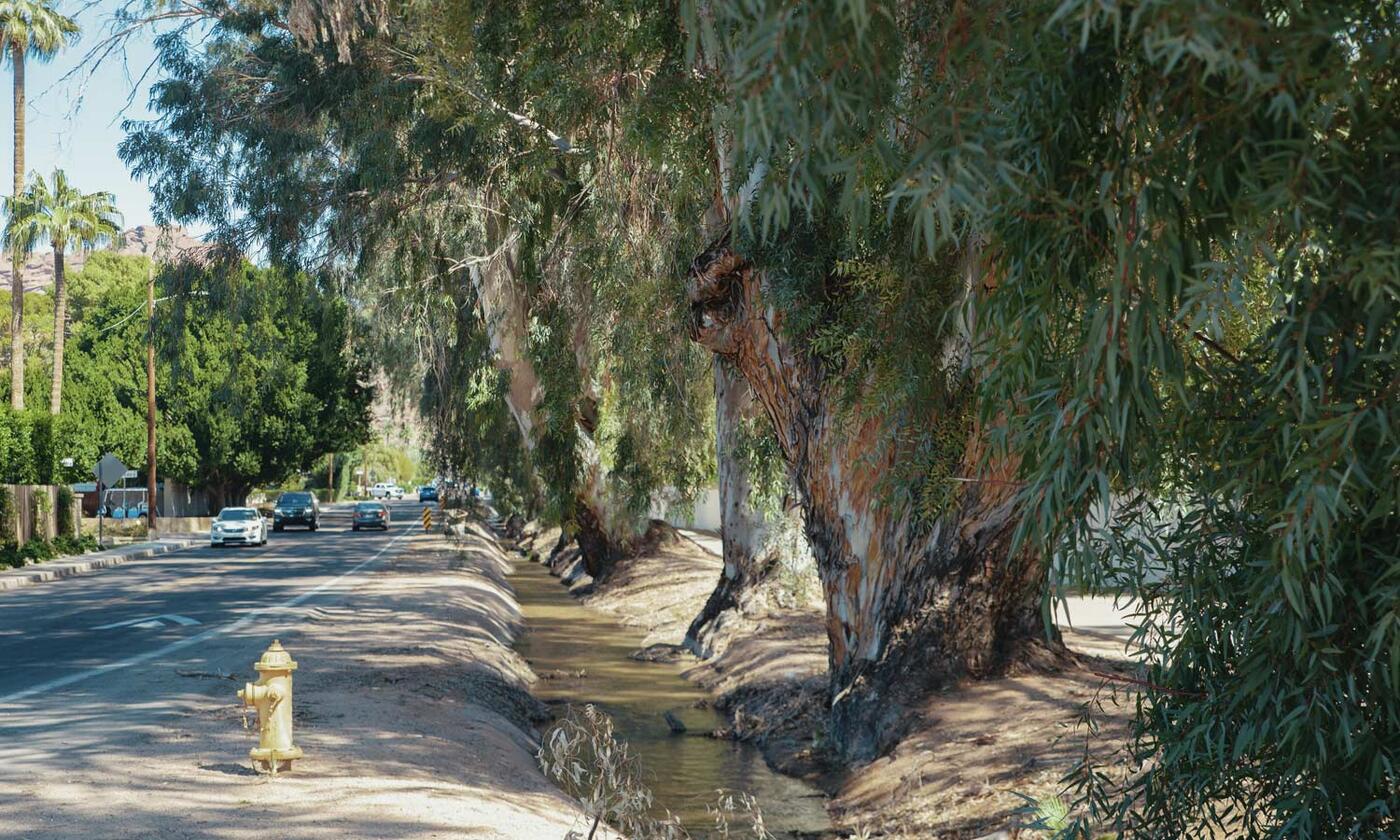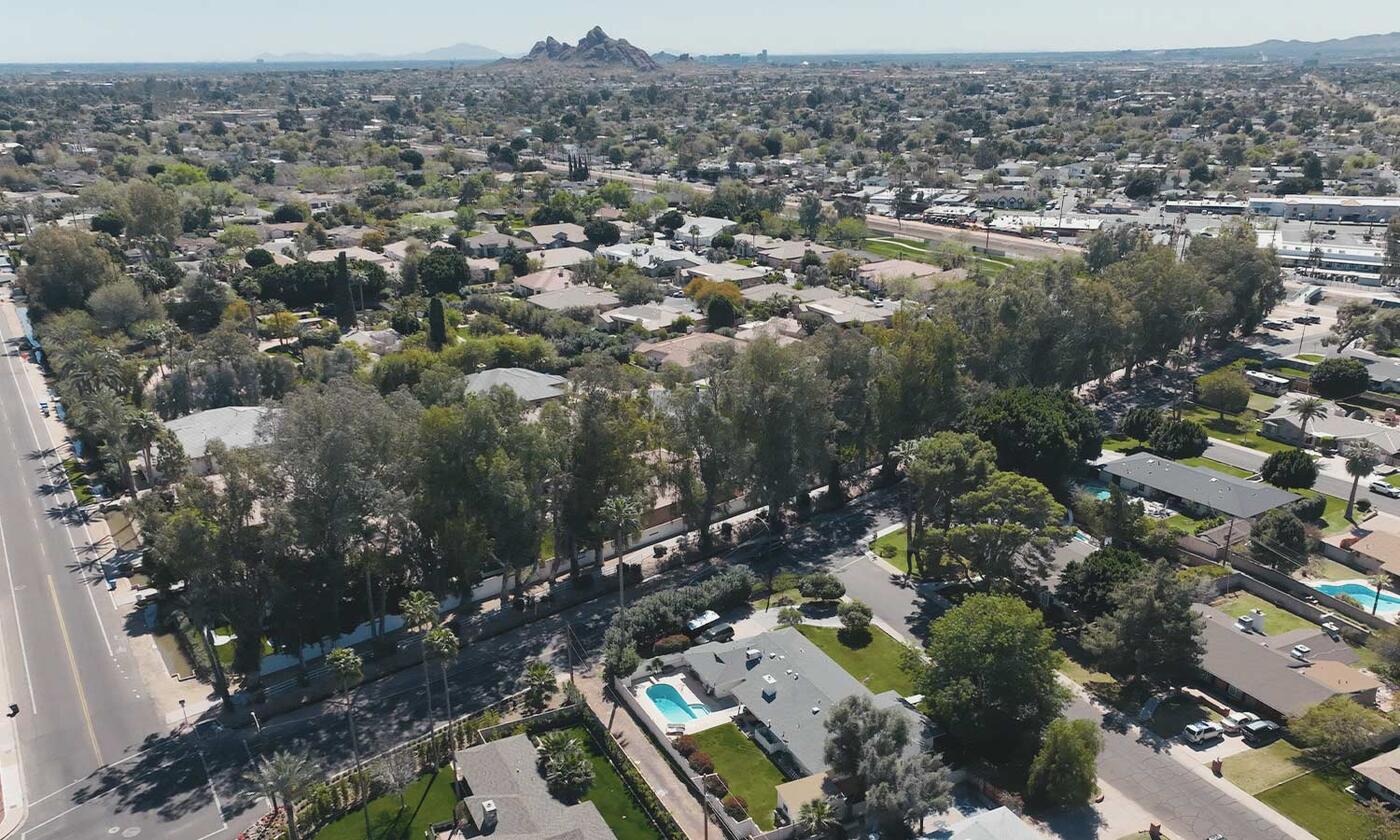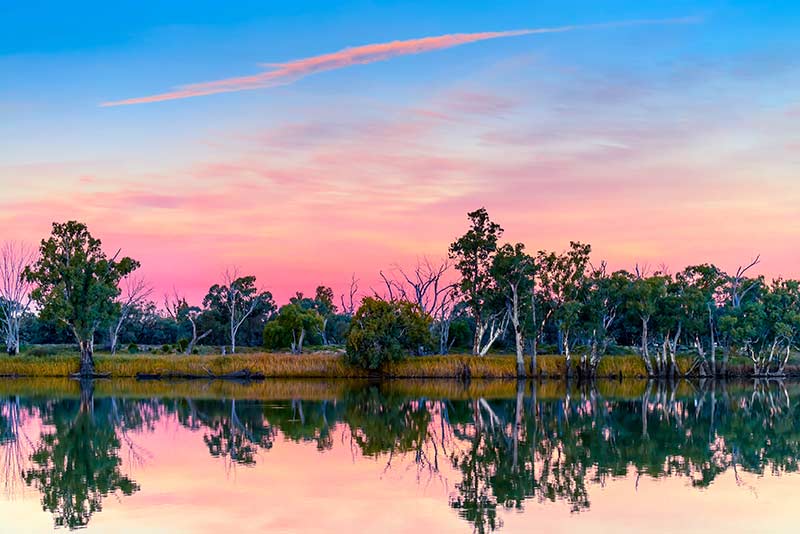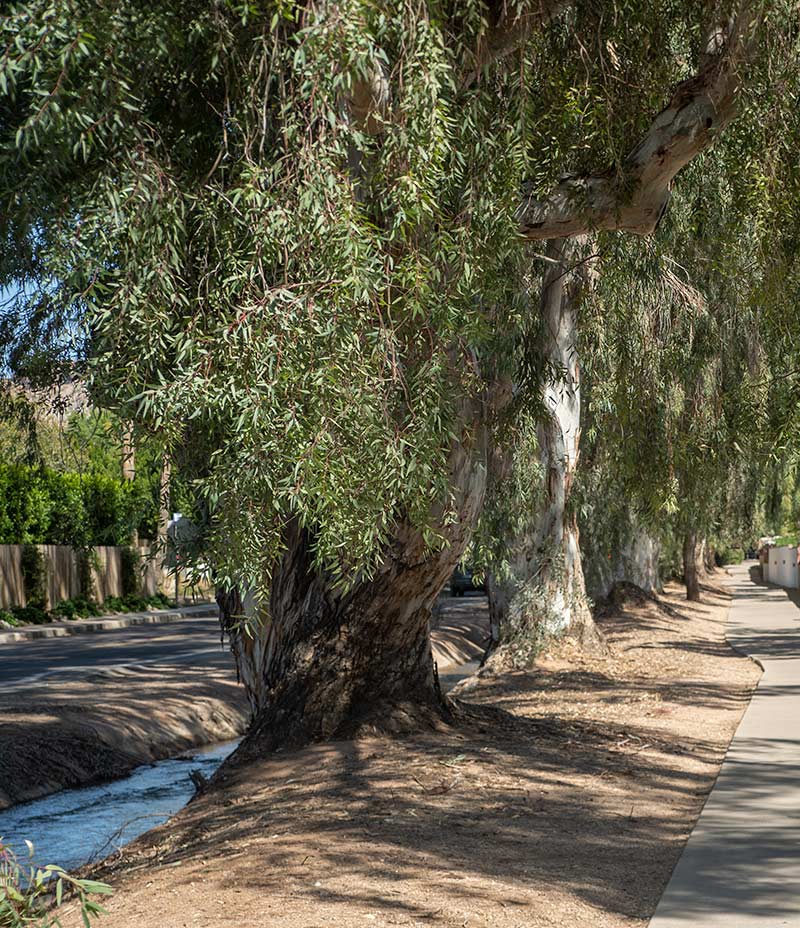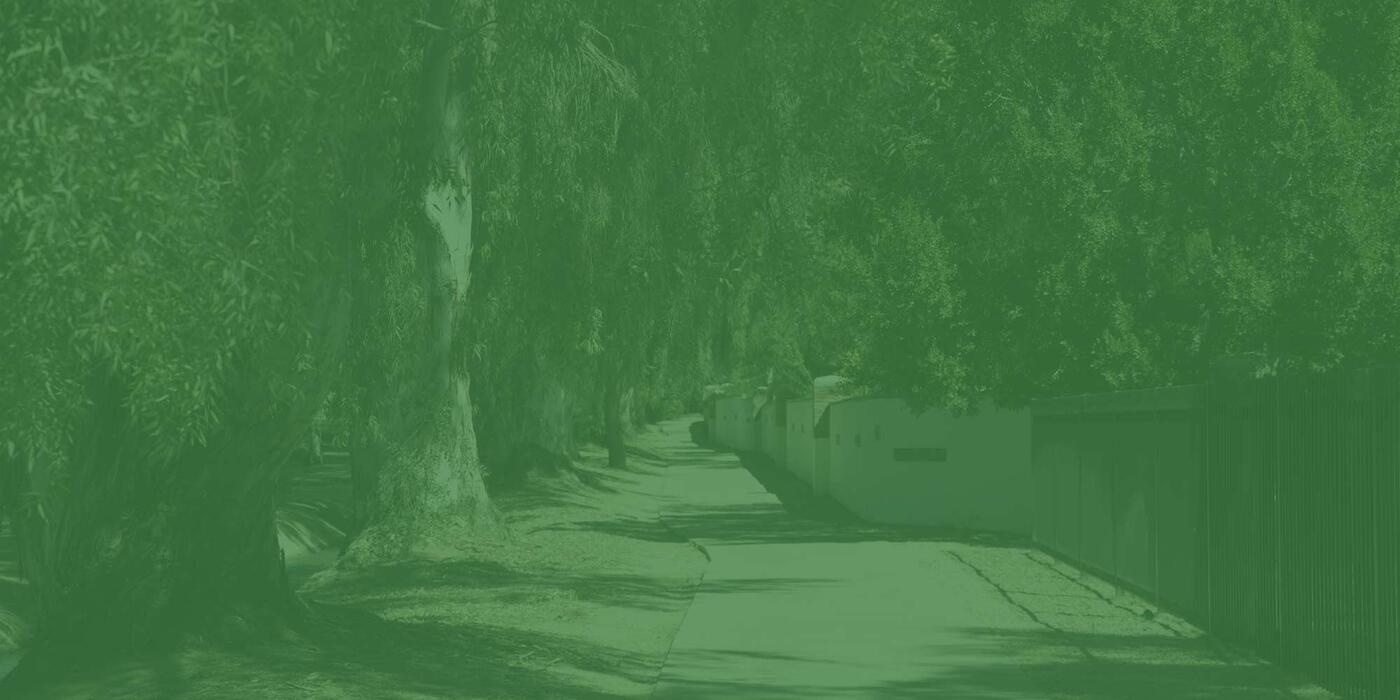
TREE
STORIES
With Elliott Bambrough, The Tree Narrator
EPISODE SEVEN
EUCALYPTUS CAMALDULENSIS
The red river gum tree is normally found in Australia. But Elliott found a great specimen in Arizona. Take a look!
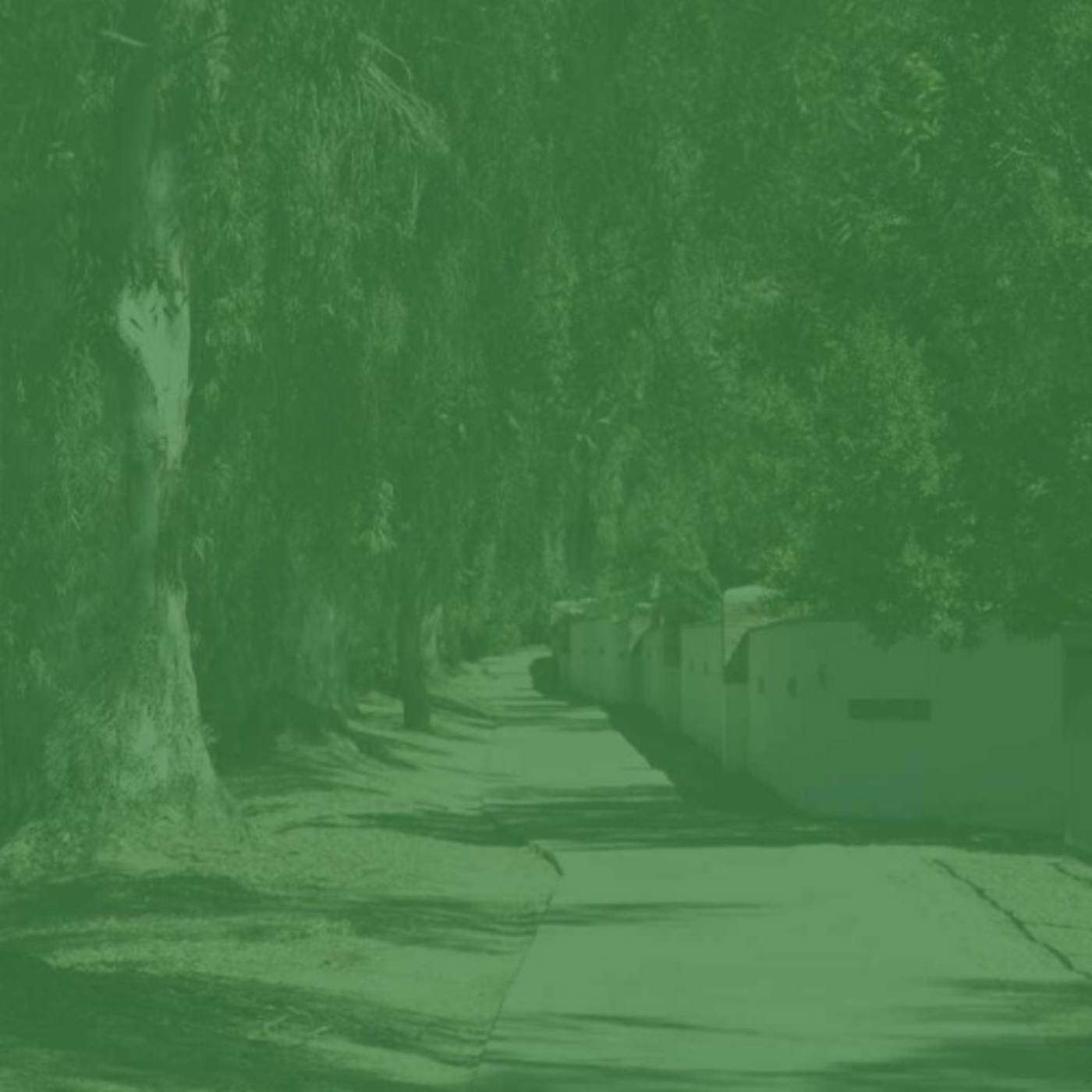
TREE
STORIES
With Elliott Bambrough, The Tree Narrator
EPISODE SEVEN
EUCALYPTUS CAMALDULENSIS
The red river gum tree is normally found in Australia. But Elliott found a great specimen in Arizona. Take a look!
